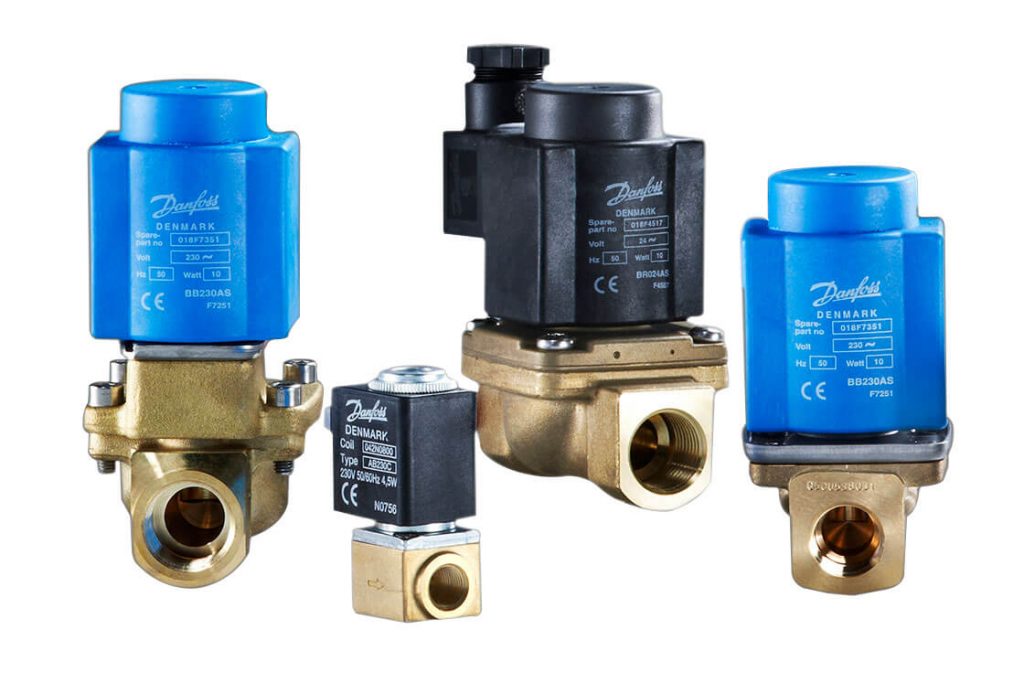There are three main differences between the proportional control solenoid valve and simple electrically controlled valves. The main difference between their functionality, actuation, application, and working techniques. You can use them according to your particular necessity and requirements. The proportional flow control valve can be electrical or solenoid in nature, you can mold them relative to your requirements. The electric valves are more resistible as compared to the solenoid valves.
The electrical valves are more resistive as compared to the solenoid valves. But on the other hand, the solenoid valves are more responsive and automated. You can control the proportional control solenoid valve remotely. This enables the engineers to change the relative concentrations of the substances, pressure, and temperature.
We are discussing the 3 major differences between the two types of valves:
The Difference in Functionality:
The electric valves are operated using the force from electric motors, so these valves are more resistant to voltage shock. The proportional control solenoid valve is sensitive and opens and closed with the electrical signals. These valves open and close quickly as compared to the electrical valves. You require to install the electric valves if a certain change in voltage is expected as no need for remote on/off is required. The electric valves are less in price as compared to the solenoid valves.
Frequent Opening and Closing systems
The frequent opening and closing systems are fulfilled by installing the solenoid valves. Due to the automated control system, the solenoid proportional flow control valve is installed to automatically switch(on/off). If there is a sophisticated connectivity piping system installed, then it is essential to place the solenoid valve.
The Actuation Method:
The actuation processes of both valves are different from each other. The electrical valves usually take more time to activate compared to the proportional control solenoid valve. You can install them where frequent actuation(on/off) is not required.
The electronically controlled pressure regulator is used where frequent on/off is required. These valves are also used where a low flow rate or low pressure is expected. When you are dealing with a complex procedure, you need the specific concentration of the chemical.
Conclusion:
This can be ensured by the solenoid valves, as you cna quickly change the molar concentration of the chemical. There is a great variety and designs available for solenoid valves, these valves are one-dimensional, 2 dimensional, and 3 dimensional. You cna install them according to your specific requirements and purpose.
Author Bio:
John Daniel is an accomplished writer and electrical engineer by profession. He has extensive experience studing the role of the pressure regulator in an electric circuit. It is his relative experience to elaborate on the different issues faced by the people in designing the piping network. The different functionalities of the various valves and you need special directions on how to install them in an electric circuit. When you are studying the articles of John Daniel, it would become easy for you to distinguish the roles and functionalities of the pressure valves and regulators.


